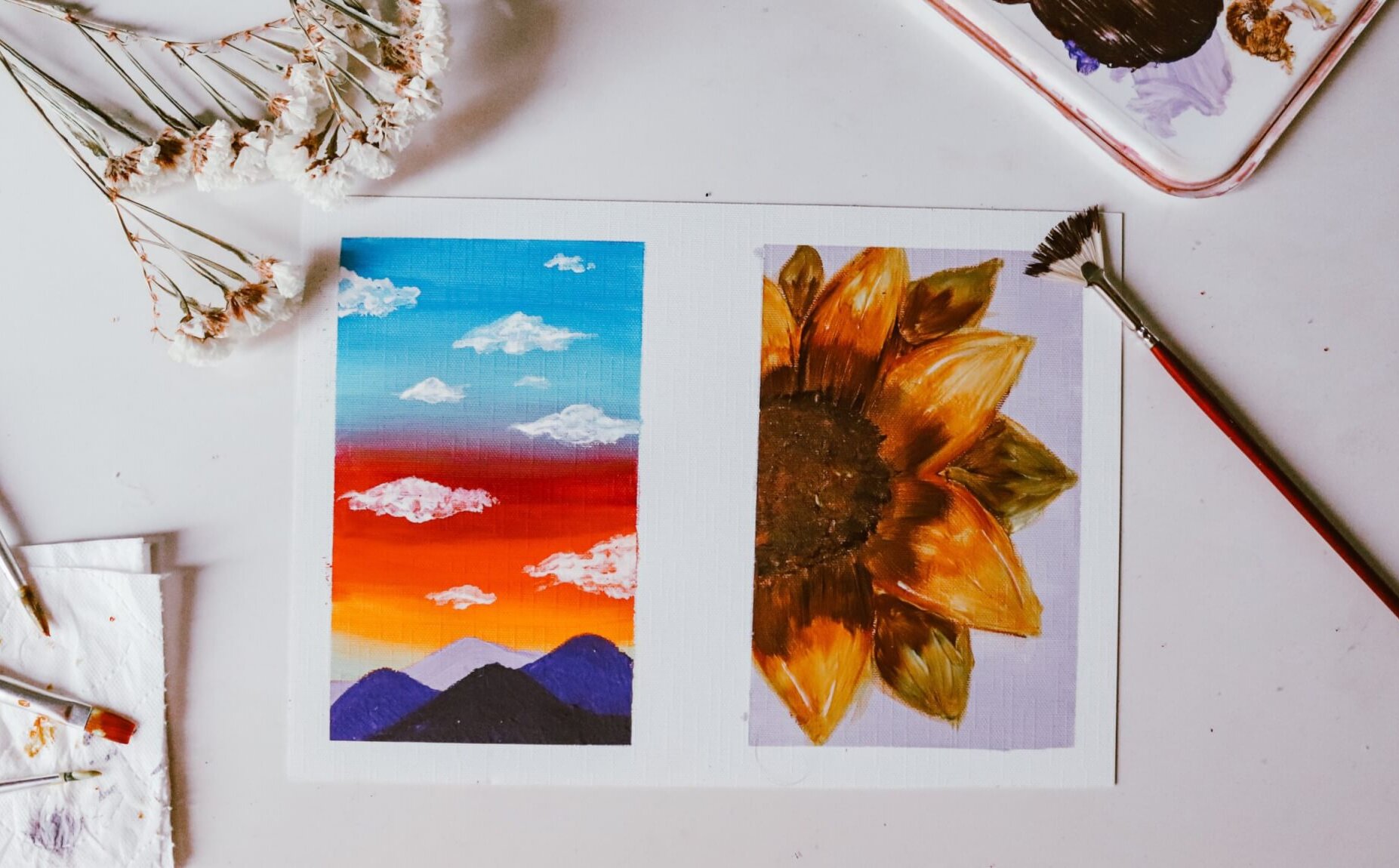The Benefits and Limitations of Arts-Based Approaches to Evaluation
As part of our work at YouthREX, we often hear that a major barrier in program evaluation is youth engagement. Traditional methods such as surveys or focus groups sometimes just don’t seem interesting to young people. Having participated in youth programs and supported their design, development and evaluation, I recognize both the value of young people’s perspectives and the gaps in their understanding of evaluation.
A great way to make evaluation more engaging and relevant to young people is through arts-based methods. Arts-based evaluation is the process of using creative activities to access participant feedback and input, get the full picture of participant experiences, and make evaluation more enjoyable.
Last November, we conducted a workshop with the Toronto District School Board focused on arts-based methods. Through this work, we identified four benefits and four limitations of arts-based approaches to evaluation.
Benefits of Arts-Based Methods
1. Accessibility
Visuals are often an effective way to share and retain information. Sharing artistic products, such as videos, photos, and paintings, can bring people together and help promote dialogue, understanding, and connection, especially among youth.
Think about the feelings you experience and the images that come to mind when you recall your favourite movie, show, or song. Messages conveyed through art are often easily received and can stick with us for a long time, producing a greater impact that resonates with a wider audience.
2. Empowerment
Arts-based activities are more collaborative and less intrusive; they enable participants to choose how they express their feedback and center them as the experts of their own experiences. Putting the storytelling power in the hands of young people and following their lead can be an empowering experience for youth to learn more about themselves and the evaluation process, as well as enhance their mental health and wellbeing.
3. Perspective
The open and flexible nature of arts-based methods makes them accessible and empowering, but also extends the ways an experience can be known, understood, and appreciated. For instance, if youth are asked to take photos of their experiences, some may capture themselves in the program, while others may capture their journey to the program, offering a fuller picture of the conditions and resources available and needed among participants.
The process of art-making can surface new questions, convey multiple meanings, challenge accepted notions, and facilitate a broader description of a particular experience.
4. Richer Data
We all know the saying “a picture is worth a thousand words”; this is why arts-based methods can generate data that may not have been revealed through a survey, interview, or focus group. Art-making and art products, such as poetry, videos, and photos, can shine a brighter light on process, outcome, and impact, and therefore lead to greater, richer data – and a better program evaluation overall!
Limitations of Arts-Based Methods
1. Privacy and Confidentiality
It can be challenging to maintain confidentiality and privacy when using some arts-based methods, such as the visual arts. Remember to uphold the ethical principles of evaluation, but be aware that providing authorship or acknowledgment of artwork may be significant to participants. Depending on the art medium, find a balance through open and ongoing conversations with the participants themselves.
2. Open Interpretation
Art is open to interpretation, and although this can bring nuanced understandings, it can also bring misunderstandings. Our visual and audio narratives are highly shaped by culture, and minimalist drawings or paintings can also be difficult to interpret. We have learned that arts-based methods are best when participant narratives, such as group discussions, captions, or written descriptions, accompany an art product to provide context.
Narratives are important, and arts-based methods can allow for a focus on the credibility of people’s experiences and feelings.
3. Technical Skills and Resources
Some arts-based methods require a certain level of artistic skill and equipment, which can be time and resource intensive. If your program includes children, for example, you may want to focus on drawing activities rather than digital tools. Regardless of age, ensure your organization and participants have the capacity to meaningfully engage in the activities you choose and design. Providing resources and opportunities to develop skills and demonstrate a range of capabilities can be great ways to overcome barriers to participation.
4. More Research is Needed
Arts-based methods are understudied and there is not as much evidence of their application. Digital approaches are often better documented, but there are limited examples of their implementation in youth program evaluation. This gap shows that these methods can offer challenges to standard evaluation approaches for understanding youth wellbeing.
Despite any limitations, consider using art-based methods in your next evaluation for the value they can bring to your process and to the youth in your program. We see arts-based methods as an engaging way to bring credibility, nuance, and excitement to program evaluation!
Photo by Buse Doga Ay on Unsplash.


